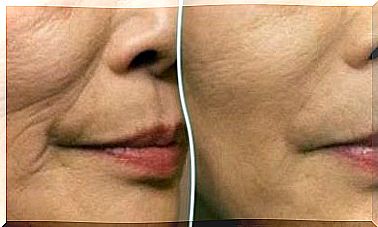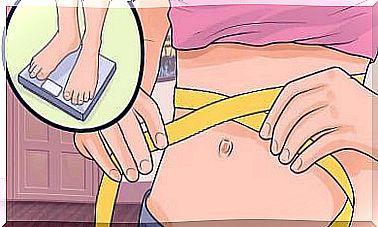Causes Of Temporomandibular Joint Dislocation
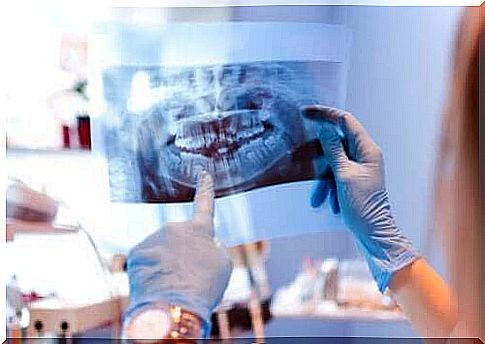
Have you ever experienced a dislocation of the temporomandibular joint? Usually the various tendons and ligaments of the jaw hold it in place. However, they can fail and lead to this condition.
It occurs when one of the components of the joint, called a joint nodule, detaches from the joint surface and moves over the temporal bone. It is very common for this displacement to occur towards the front of the joint. However, it can move in any direction.
Reasons why a jaw may be dislocated
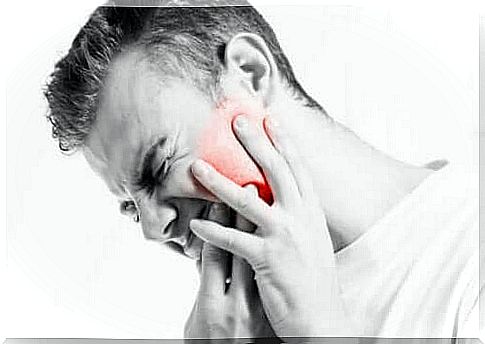
Before we get into the possible causes of a dislocated jaw, it is important to remember that it is an unusual pathology. In fact, several studies claim that it represents only 3% of all dislocations. This is the main reason why there is so much disagreement about the root cause.
What we can say for sure is that the causes will depend on the type of disruption. The most common cause of an acute dislocation is trauma within minutes or hours before.
In this regard, direct blow situations in this region can lead to a dislocation of the jaw. However, do not rule out the possibility that this injury occurred spontaneously. So it can arise from different situations where the mouth is opened very much or has to remain open for a long time. For example, think of:
- Yawn
- Laugh
- Vomit
- Dental help
- Intratracheal Intubation
Chronic recurrent is another type of dislocation of the temporomandibular joint. This is defined as a constant variation over time and includes the wear of the connection components. In this case , the most common causes of a dislocated jaw are spontaneous.
In addition, the jaw can easily become dislocated in people with bruxism or a psychiatric disorder. This is due to the constant stress they are subjecting their joint to.
How do you recognize dislocation of the temporomandibular joint?
People with this lesion often have sudden pain in the jaw area, usually a type of stabbing that restricts movement. The joint also clicks into place when you try to move it.
Basically, the two main symptoms are joint pain and clicking. You may also notice the deviation of the jaw, either to the healthy side or forward.
Many patients report being unable to close their mouths or achieve a dental occlusion. However, these signals may vary. In fact, in some patients, it progresses significantly within a few months, as they have not felt any discomfort.
A doctor must use all elements of medical history to make a correct diagnosis. In this regard, they should examine the features of the pain and conduct a careful physical examination of the articulation. An X-ray is often required as a confirmation method.
What is the treatment?
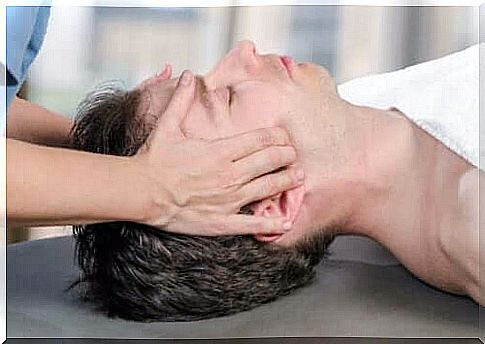
Medical treatment is available for a dislocation of the jaw. So you should see a doctor if you suspect you have this problem.
- In acute dislocations these can in most cases be reduced by the maneuvers of Nelaton or Dupuis. These will vary if it is a bilateral or a unilateral variant, respectively.
- Both maneuvers have the same principle. A doctor will insert their thumbs into the oral cavity and place them on the lower molars. He will then press down as he tries to lift the chin, which will generate a negative pressure or tension that will guide the mandibular knuckle of the lower jaw into place.
- In some cases, especially in stressed patients, it will be necessary to use general anesthesia to facilitate the process. After performing the maneuver described above, they may need a bandage to stabilize the area for a few days.
- More severe acute or chronic recurrent dislocations may require surgical intervention. However, the use of botulinum toxin has been shown to be beneficial in avoiding surgery in certain cases.
- Finally, physiotherapy treatment will help (Spanish link) to restore the functionality of the joint. It is therefore recommended in case of chronic recurrent dislocations.
What to do in case of dislocation of the temporomandibular joint?
This condition is not too serious for your health but can be quite annoying and reduce your quality of life as it is difficult to carry on with the usual routine. So the first thing to do if you suspect a dislocated jaw is to see a doctor.
The above maneuvers and proper treatment with painkillers and anti-inflammatories are the only ways to reverse the problem. Try to stay with the same doctor if it is a recurring condition so that he will be familiar with your condition and can advise the most appropriate measures.

